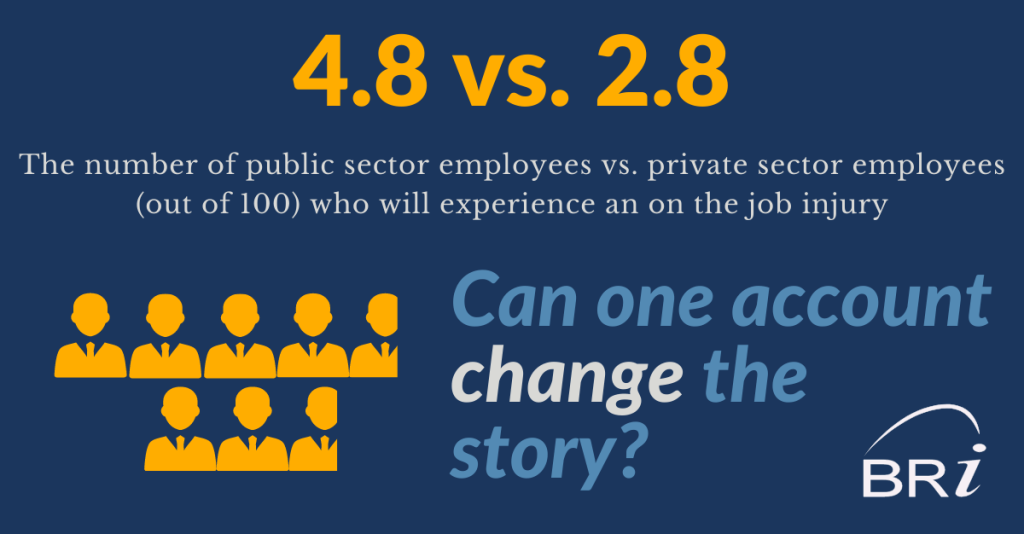Sitting down to write this, I’m drinking Rooibos tea and a hibiscus flavored La Croix. I can’t help but notice the similarities between my tastes and my father’s – tea and seltzer. My mind wanders to how he retired early and I wonder if I’ll be able to do the same.
With several decades left until retirement, I try to consider the possibilities and the uncertainties. How do you plan?
Yes, there’s the obvious 401(k), but that’s only the start. There have to be more options out there. A 401(k) and _____?
Depending on where you work, what fills in the blank may vary. For public sector employees, the answer may very well be an HRA VEBA.
What is an HRA VEBA?
If you want the full description, check out 3 Hidden Advantages of an HRA VEBA. In sum, it’s part pre-tax plan (that’s the HRA) and part trust fund. The VEBA component is a type of trust. For all intents and purposes, you can think of this account as an HRA trust fund.
What is a trust fund? Think trust fund baby. The money is securely held in an account until the deemed party (often an 18 year old from the coast) is given access to it at an appointed time.
In the case of an HRA VEBA, the person waiting to access the money is generally a firefighter, school teacher, district official or government worker. In other words, a public sector employee.
So other than the tax benefits that come with an HRA, what is the appeal of an HRA VEBA?
HRA VEBAs give public sector employees a leg up
- Guarantee of funds for medical expenses in retirement. From a post-employment perspective, employees can use HRA VEBA funds for medical, dental and vision expenses. They can also pay for COBRA and retiree insurance premiums. (It’s also worth considering that enrollment in an HRA VEBA doesn’t bar employees from being eligible for Medicare parts B, C, D and Medigap).
- It has a variety of uses. An HRA VEBA isn’t just for retirees. Active employees can enjoy the broad reach of an HRA VEBA to cover out of pocket dental, vision and medical expenses. Given that public sector employees experience work related injuries significantly more1 than private sector employees, coverage for unforeseen medical expenses that arise throughout an employees’ work cycle are crucial.
- Control over funds. Once the employee can access the money in the HRA VEBA they can also invest it. Savvy investors will be pleased to know they can monitor and manipulate their portfolio. For the average joe who doesn’t want to double as a part-time money mogul, there is a locked in 3% return rate. (For the non-math people like me, that means no matter how bad the market is, you’ll never be in the red).
And there you have it. An HRA VEBA works for public sector employees because it gives them a tax-free plan for retirement, coverage for life’s medical unknowns, and safety from market volatility.
If you’re a public sector employer wondering if an HRA VEBA is an option, chat with us today.
1. In 2018, state and local public sector employers reported an injury rate of 4.8 per 100 workers, significantly higher than the reported rate of 2.8 per 100 among private-sector workers. AFL-CIO. (2020, October 6). Death on the Job: The Toll of Neglect, 2020 | AFL-CIO. https://aflcio.org/reports/death-job-toll-neglect-2020#:%7E:text=In%202018%2C%20state%20and%20local,to%20%24330%20billion%20a%20year



